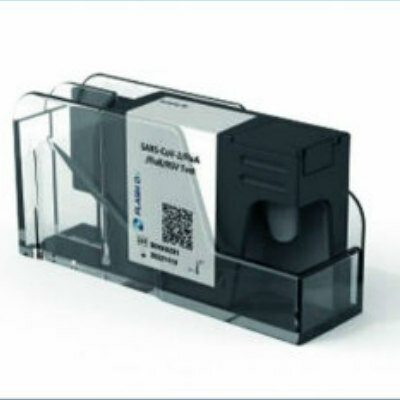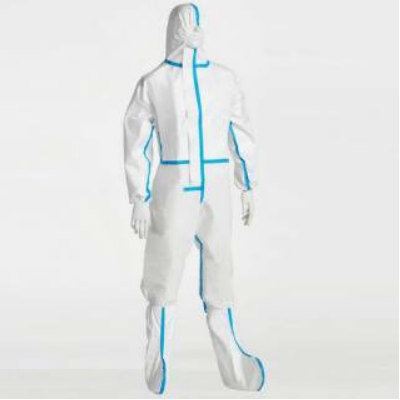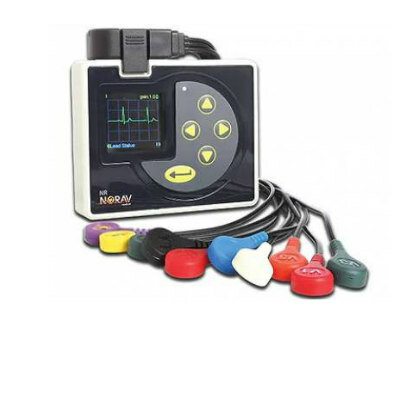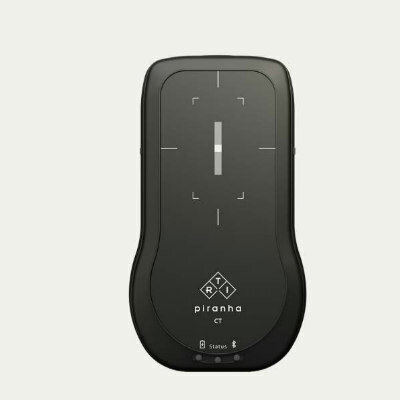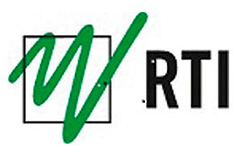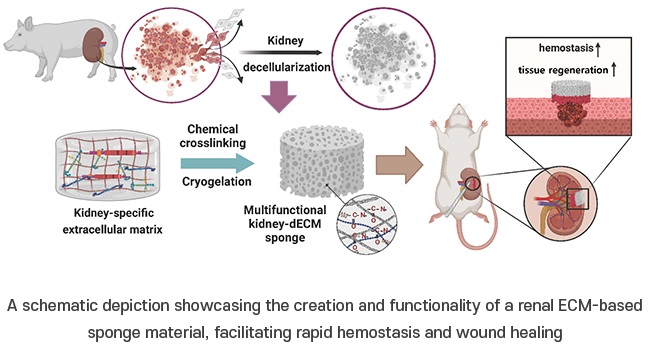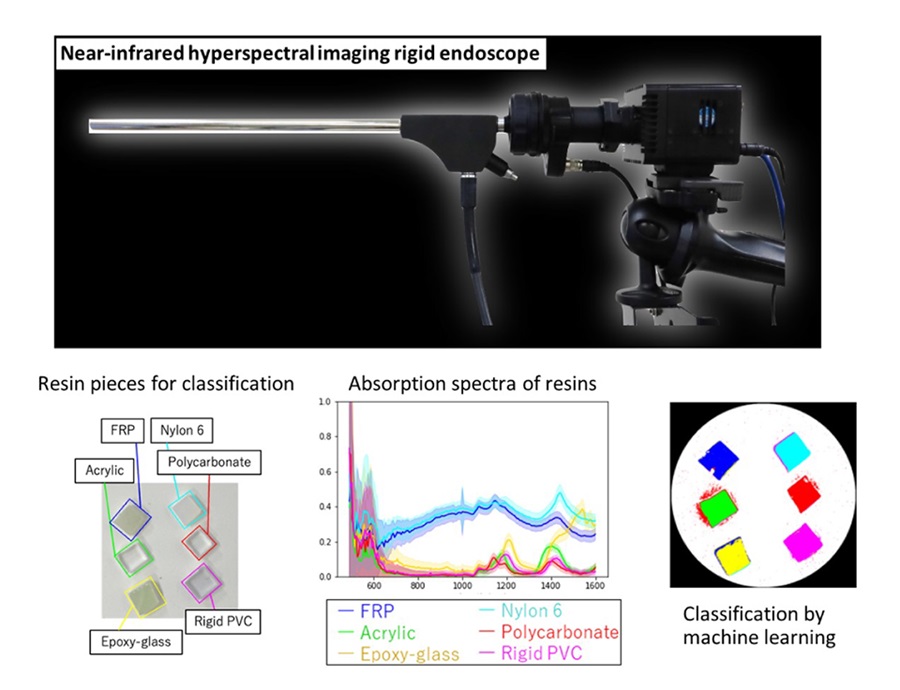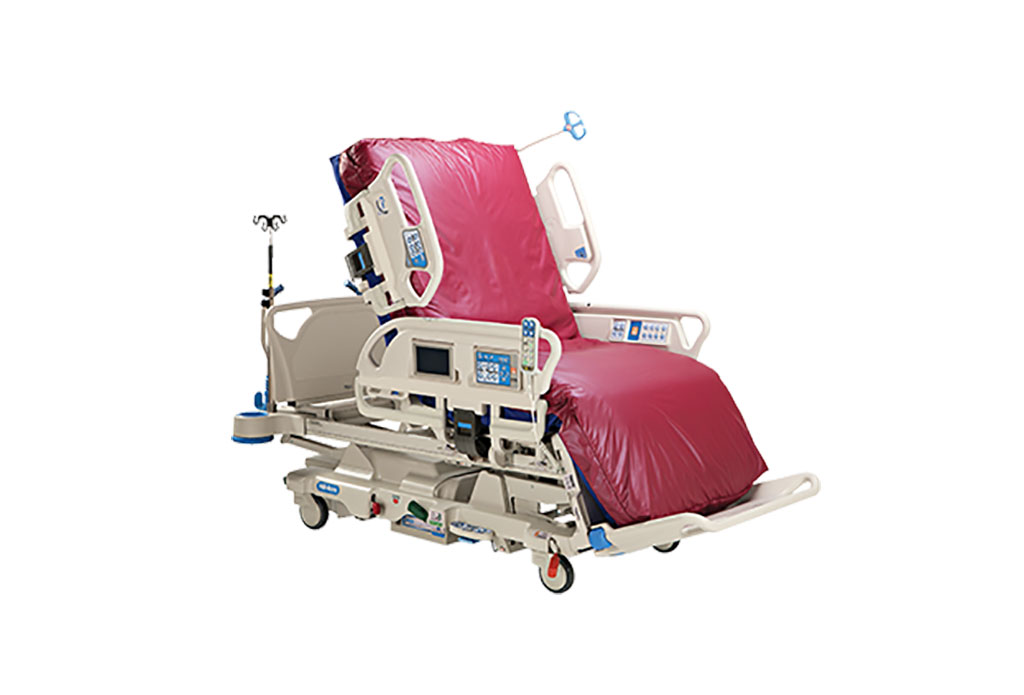AI Algorithm Predicts Chronic Conditions from CT Scans
|
By HospiMedica International staff writers Posted on 17 Dec 2018 |
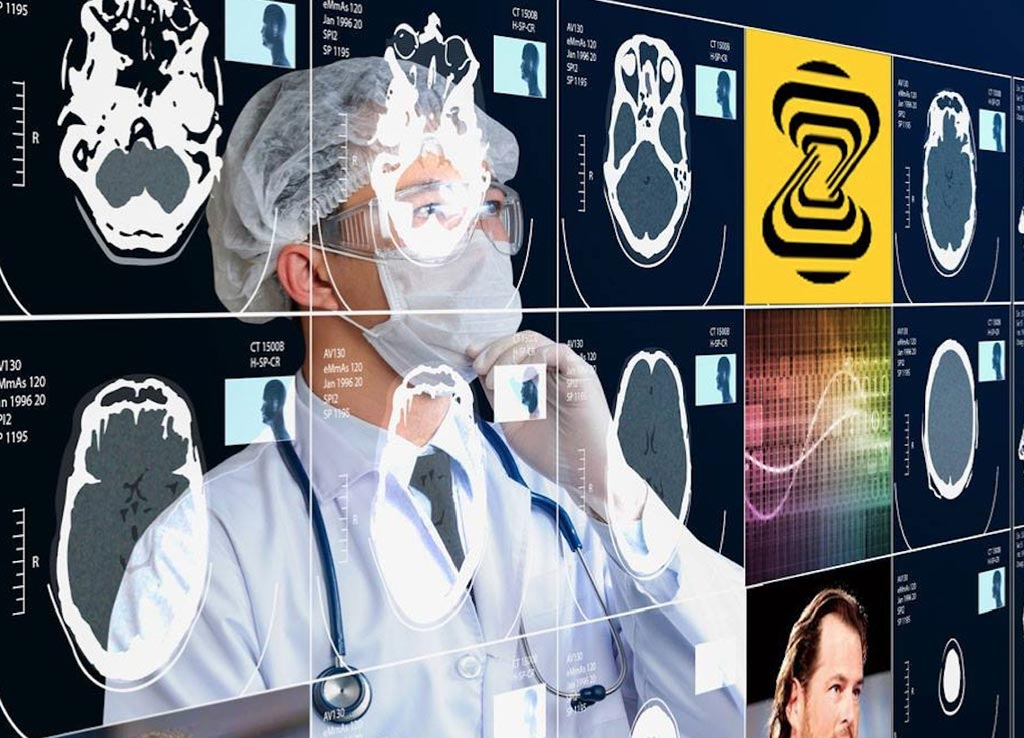
Image: AI algorithms can help identify early evidence of disease (Photo courtesy of Zebra Medical Imaging).
Artificial intelligence (AI) algorithms can take advantage of existing computed tomography (CT) data to identify patients at risk of osteoporotic fractures and cardiovascular disease (CVD).
The algorithms, developed by Zebra Medical Vision (Shefayim, Israel), are based on anonymized databases of medical images and clinical data that were used to train them to discover chronic diseases by automated imaging analysis. The Zebra algorithm engine can be deployed in both cloud and on-site configurations, and is designed to integrate into picture archiving and communication systems (PACS), radiological information systems (RIS), and electronic medical record (EMR) systems.
Two recent studies undertaken by Clalit Health Services (Tel Aviv, Israel), which owns and operates 1,500 primary care clinics and 14 hospitals in Israel, treating over 4 million patients, validated that the algorithms can successfully predict osteoporotic fractures and CVD. The first study involved a retrospective analysis of 48,227patients with abdominal CTs, in order to identify radiologic risk markers of major and hip-specific osteoporotic fractures. The results showed that Zebra-Med algorithms achieved equivalent risk-stratification to contemporary fracture risk assessment tool (FRAX) scoring system.
The second five-year retrospective study, which involved 14,135 patients with non-gated, unenhanced chest CT, examined the cardiovascular predictive power of the Zebra-Med automatic coronary calcium scoring (CCS) algorithm, found that it resulted in a net 4.5% increase in categorical risk-reclassification improvement. By employing the Zebra algorithms, overstretched radiology departments can increase efficiency. Both studies were presented at the 2018 Radiological Society of North America (RSNA) annual meeting, held during November 2018 in Chicago (IL, USA).
“While there are an increasing number of AI applications in imaging aiming to mimic and automate human radiologist reading, there is larger untapped potential in these imaging studies. One can use AI to extract predictive insights unavailable to date that support high-impact population health interventions to tackle chronic diseases,” said Professor Ran Balicer, MD, the head of Clalit’s Research Institute. “We are pleased with the results of these two groundbreaking research projects and are looking forward to get them into practice.”
Related Links:
Zebra Medical Vision
Clalit Health Services
The algorithms, developed by Zebra Medical Vision (Shefayim, Israel), are based on anonymized databases of medical images and clinical data that were used to train them to discover chronic diseases by automated imaging analysis. The Zebra algorithm engine can be deployed in both cloud and on-site configurations, and is designed to integrate into picture archiving and communication systems (PACS), radiological information systems (RIS), and electronic medical record (EMR) systems.
Two recent studies undertaken by Clalit Health Services (Tel Aviv, Israel), which owns and operates 1,500 primary care clinics and 14 hospitals in Israel, treating over 4 million patients, validated that the algorithms can successfully predict osteoporotic fractures and CVD. The first study involved a retrospective analysis of 48,227patients with abdominal CTs, in order to identify radiologic risk markers of major and hip-specific osteoporotic fractures. The results showed that Zebra-Med algorithms achieved equivalent risk-stratification to contemporary fracture risk assessment tool (FRAX) scoring system.
The second five-year retrospective study, which involved 14,135 patients with non-gated, unenhanced chest CT, examined the cardiovascular predictive power of the Zebra-Med automatic coronary calcium scoring (CCS) algorithm, found that it resulted in a net 4.5% increase in categorical risk-reclassification improvement. By employing the Zebra algorithms, overstretched radiology departments can increase efficiency. Both studies were presented at the 2018 Radiological Society of North America (RSNA) annual meeting, held during November 2018 in Chicago (IL, USA).
“While there are an increasing number of AI applications in imaging aiming to mimic and automate human radiologist reading, there is larger untapped potential in these imaging studies. One can use AI to extract predictive insights unavailable to date that support high-impact population health interventions to tackle chronic diseases,” said Professor Ran Balicer, MD, the head of Clalit’s Research Institute. “We are pleased with the results of these two groundbreaking research projects and are looking forward to get them into practice.”
Related Links:
Zebra Medical Vision
Clalit Health Services
Latest Health IT News
- Machine Learning Model Improves Mortality Risk Prediction for Cardiac Surgery Patients
- Strategic Collaboration to Develop and Integrate Generative AI into Healthcare
- AI-Enabled Operating Rooms Solution Helps Hospitals Maximize Utilization and Unlock Capacity
- AI Predicts Pancreatic Cancer Three Years before Diagnosis from Patients’ Medical Records
- First Fully Autonomous Generative AI Personalized Medical Authorizations System Reduces Care Delay
- Electronic Health Records May Be Key to Improving Patient Care, Study Finds
- AI Trained for Specific Vocal Biomarkers Could Accurately Predict Coronary Artery Disease
- First-Ever AI Test for Early Diagnosis of Alzheimer’s to Be Expanded to Diagnosis of Parkinson’s Disease
- New Self-Learning AI-Based Algorithm Reads Electrocardiograms to Spot Unseen Signs of Heart Failure
- Autonomous Robot Performs COVID-19 Nasal Swab Tests

- Statistical Tool Predicts COVID-19 Peaks Worldwide
- Wireless-Controlled Soft Neural Implant Stimulates Brain Cells
- Tiny Polymer Stent Could Treat Pediatric Urethral Strictures
- Human Torso Simulator Helps Design Brace Innovations
- 3D Bioprinting Rebuilds the Human Heart
Channels
Artificial Intelligence
view channel
AI-Powered Algorithm to Revolutionize Detection of Atrial Fibrillation
Atrial fibrillation (AFib), a condition characterized by an irregular and often rapid heart rate, is linked to increased risks of stroke and heart failure. This is because the irregular heartbeat in AFib... Read more
AI Diagnostic Tool Accurately Detects Valvular Disorders Often Missed by Doctors
Doctors generally use stethoscopes to listen for the characteristic lub-dub sounds made by heart valves opening and closing. They also listen for less prominent sounds that indicate problems with these valves.... Read moreCritical Care
view channel
Stretchable Microneedles to Help In Accurate Tracking of Abnormalities and Identifying Rapid Treatment
The field of personalized medicine is transforming rapidly, with advancements like wearable devices and home testing kits making it increasingly easy to monitor a wide range of health metrics, from heart... Read more
Machine Learning Tool Identifies Rare, Undiagnosed Immune Disorders from Patient EHRs
Patients suffering from rare diseases often endure extensive delays in receiving accurate diagnoses and treatments, which can lead to unnecessary tests, worsening health, psychological strain, and significant... Read more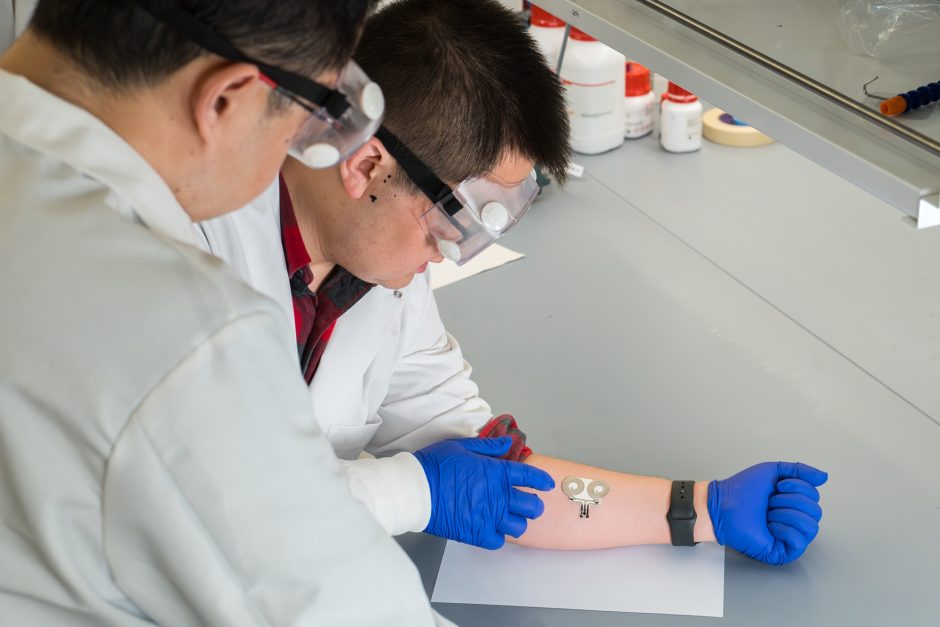
On-Skin Wearable Bioelectronic Device Paves Way for Intelligent Implants
A team of researchers at the University of Missouri (Columbia, MO, USA) has achieved a milestone in developing a state-of-the-art on-skin wearable bioelectronic device. This development comes from a lab... Read more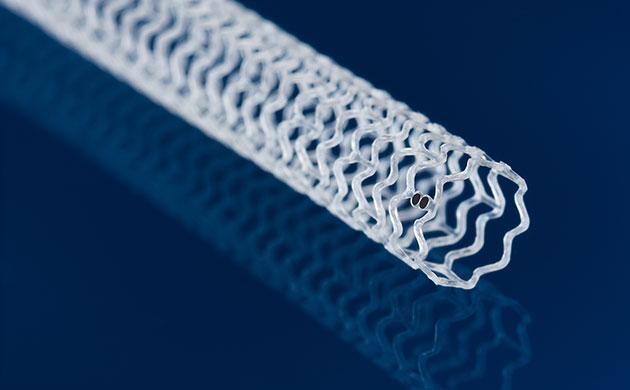
First-Of-Its-Kind Dissolvable Stent to Improve Outcomes for Patients with Severe PAD
Peripheral artery disease (PAD) affects millions and presents serious health risks, particularly its severe form, chronic limb-threatening ischemia (CLTI). CLTI develops when arteries are blocked by plaque,... Read moreSurgical Techniques
view channelHandheld Device for Fluorescence-Guided Surgery a Game Changer for Removal of High-Grade Glioma Brain Tumors
Grade III or IV gliomas are among the most common and deadly brain tumors, with around 20,000 cases annually in the U.S. and 1.2 million globally. These tumors are very aggressive and tend to infiltrate... Read more.jpg)
Cutting-Edge Robotic Bronchial Endoscopic System Provides Prompt Intervention during Emergencies
A novel robotic bronchial endoscopic system has been developed to minimize side effects and provide timely intervention for airway obstructions caused by food or foreign bodies in infants, young children,... Read morePatient Care
view channelFirst-Of-Its-Kind Portable Germicidal Light Technology Disinfects High-Touch Clinical Surfaces in Seconds
Reducing healthcare-acquired infections (HAIs) remains a pressing issue within global healthcare systems. In the United States alone, 1.7 million patients contract HAIs annually, leading to approximately... Read more
Surgical Capacity Optimization Solution Helps Hospitals Boost OR Utilization
An innovative solution has the capability to transform surgical capacity utilization by targeting the root cause of surgical block time inefficiencies. Fujitsu Limited’s (Tokyo, Japan) Surgical Capacity... Read more
Game-Changing Innovation in Surgical Instrument Sterilization Significantly Improves OR Throughput
A groundbreaking innovation enables hospitals to significantly improve instrument processing time and throughput in operating rooms (ORs) and sterile processing departments. Turbett Surgical, Inc.... Read moreHealth IT
view channel
Machine Learning Model Improves Mortality Risk Prediction for Cardiac Surgery Patients
Machine learning algorithms have been deployed to create predictive models in various medical fields, with some demonstrating improved outcomes compared to their standard-of-care counterparts.... Read more
Strategic Collaboration to Develop and Integrate Generative AI into Healthcare
Top industry experts have underscored the immediate requirement for healthcare systems and hospitals to respond to severe cost and margin pressures. Close to half of U.S. hospitals ended 2022 in the red... Read more
AI-Enabled Operating Rooms Solution Helps Hospitals Maximize Utilization and Unlock Capacity
For healthcare organizations, optimizing operating room (OR) utilization during prime time hours is a complex challenge. Surgeons and clinics face difficulties in finding available slots for booking cases,... Read more
AI Predicts Pancreatic Cancer Three Years before Diagnosis from Patients’ Medical Records
Screening for common cancers like breast, cervix, and prostate cancer relies on relatively simple and highly effective techniques, such as mammograms, Pap smears, and blood tests. These methods have revolutionized... Read morePoint of Care
view channel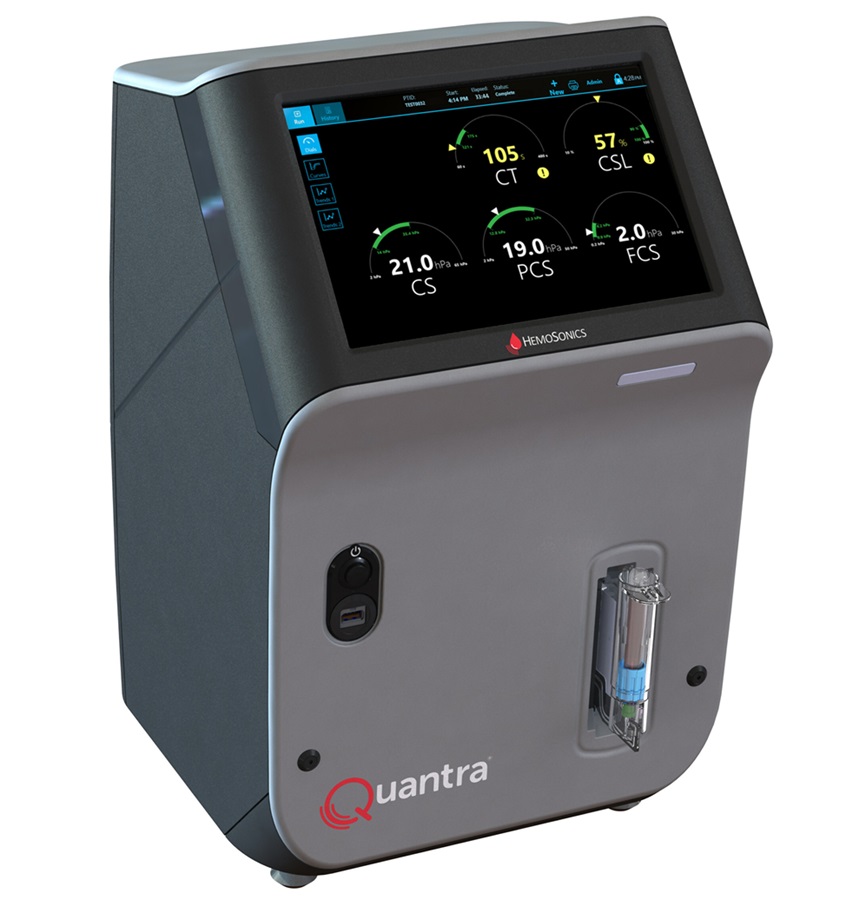
Critical Bleeding Management System to Help Hospitals Further Standardize Viscoelastic Testing
Surgical procedures are often accompanied by significant blood loss and the subsequent high likelihood of the need for allogeneic blood transfusions. These transfusions, while critical, are linked to various... Read more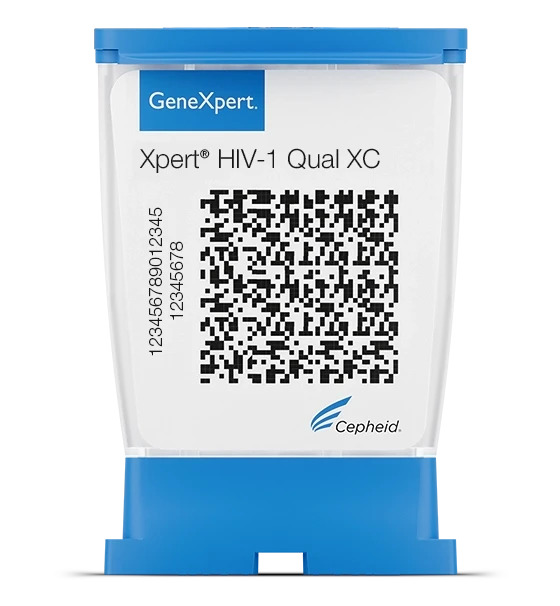
Point of Care HIV Test Enables Early Infection Diagnosis for Infants
Early diagnosis and initiation of treatment are crucial for the survival of infants infected with HIV (human immunodeficiency virus). Without treatment, approximately 50% of infants who acquire HIV during... Read more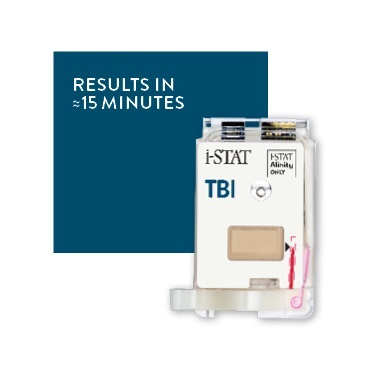
Whole Blood Rapid Test Aids Assessment of Concussion at Patient's Bedside
In the United States annually, approximately five million individuals seek emergency department care for traumatic brain injuries (TBIs), yet over half of those suspecting a concussion may never get it checked.... Read more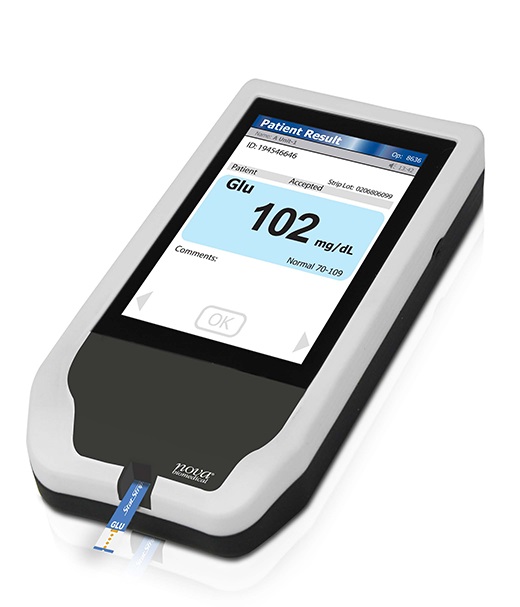
New Generation Glucose Hospital Meter System Ensures Accurate, Interference-Free and Safe Use
A new generation glucose hospital meter system now comes with several features that make hospital glucose testing easier and more secure while continuing to offer accuracy, freedom from interference, and... Read moreBusiness
view channel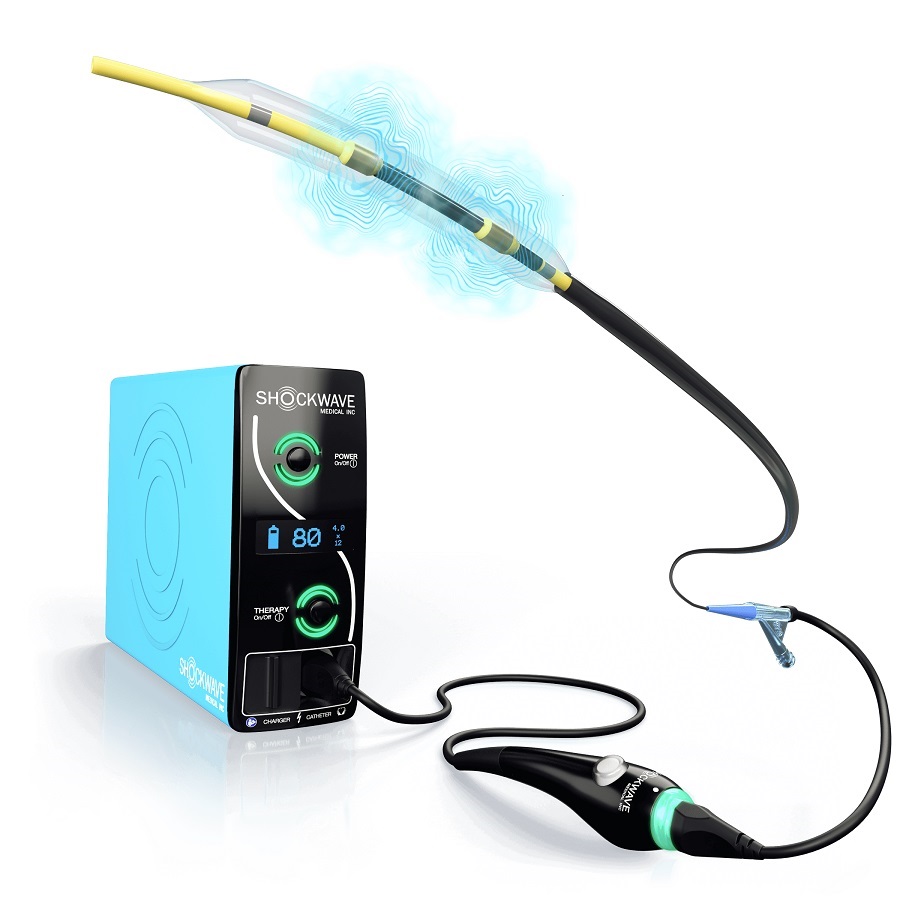
Johnson & Johnson Acquires Cardiovascular Medical Device Company Shockwave Medical
Johnson & Johnson (New Brunswick, N.J., USA) and Shockwave Medical (Santa Clara, CA, USA) have entered into a definitive agreement under which Johnson & Johnson will acquire all of Shockwave’s... Read more




